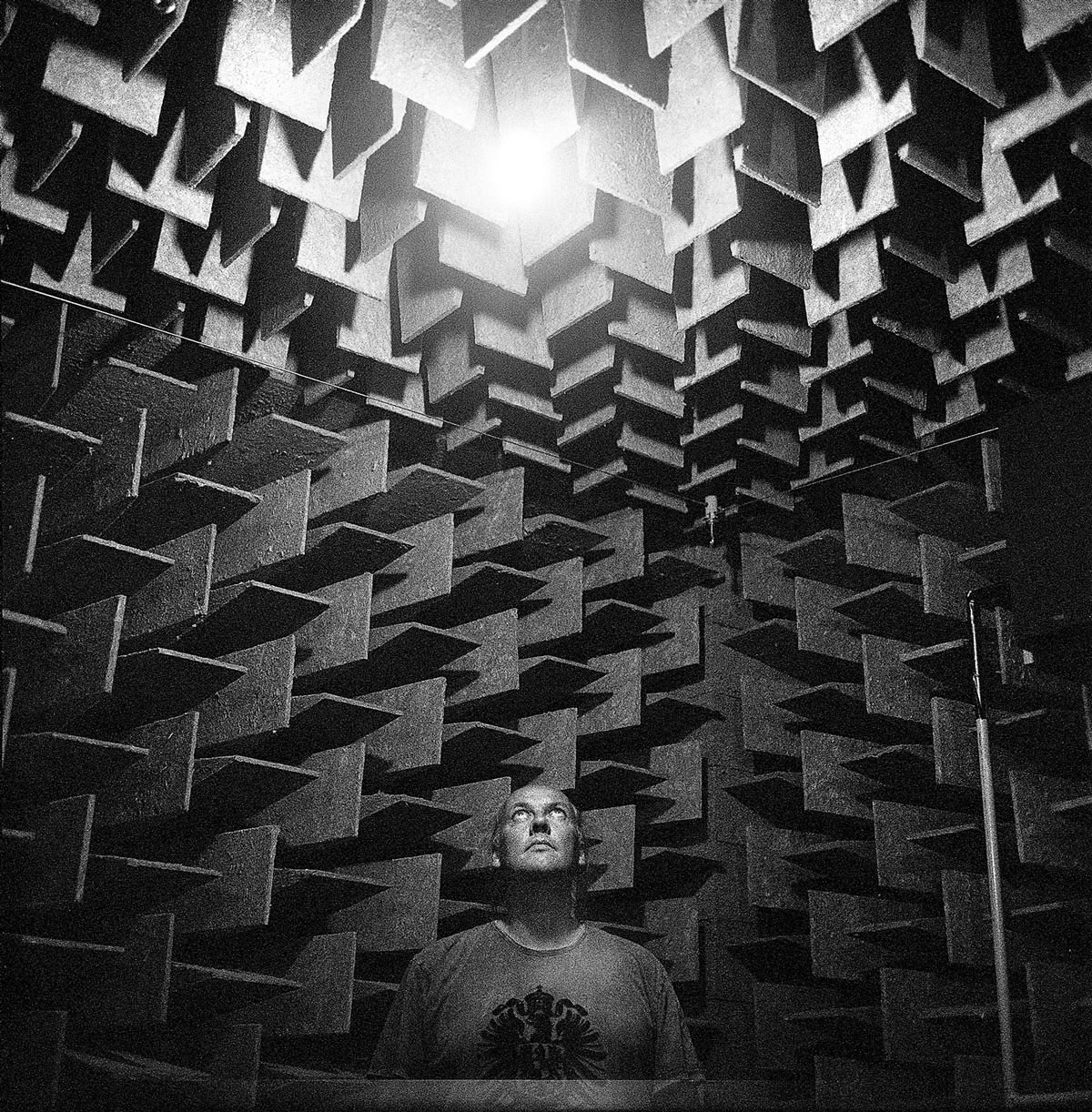5º ENCUENTRO DEL PROGRAMA DART DE INVESTIGACIONES ARTÍSTICAS CURSO 2019-2020
SESIONES DEL PROGRAMA DART FEBRERO 2020
Sábado 15 y domingo 16 de febrero
Sesión multidisciplinar: SOUND, PLACE AND SPACE
Trond Lossius
I will give a self-presentation focusing on my own background, artistic practice and experience as a research fellow, cultural worker, as PhD supervisor and as former Head of Research at the Oslo National Academy of the Arts. I come to all of these roles and functions from the position of an artist. Methodologically I position my approach according to the “Nordic” or “Norwegian” model, with a sui generis perspective that foregrounds research in and through artistic practice, as a thinking-doing and doing-thinking from within.
How can AR be understood and managed as it unfolds? AR is a twofold process: Research has to be carried out, and next, it needs to be disseminated. Dissemination is an editorial process where elements are selected, prepared and organised to communicate the research clearly and convincingly. There is a rhetoric element to this, as suggested by several of the terms used by Michael Schwab to describe sharing of artistic research; staging, performing, unfolding, exposing, exhibiting or curating.
Successful expositions of AR are valuable, but they do not necessarily provide a chronological overview of how the research developed. In general, there is a potential danger if models for dissemination gets retrofitted into expectations for how research is to unfold. The research process is seldom as neat, tidy, structured and linear as the dissemination might suggest. I propose an alternative model for reflecting on the AR process as it unfolds. It combines six categories or perspectives. It considers (1) Research Question, (2) Context, (3) Methods and 4) Results. Results are often are temporary and site-specific, and hence (5) Documentation is essential. Finally, (6) Reflection is required. The proposed model emphasises how all six dimensions interrelate, inspired by a similar relational didactic model by Hiim and Hippe. The model invites reflection on the research process, emphasises relationships between categories, and acknowledges the research as a complex and dynamic process where none of the perspectives comes first. Instead, developing the AR implies that all six dimensions evolve.
During the seminar, there will be ample time for conversations and discussions. We might also head out for a listening session, to experience first-hand some of the approaches I have to my own artistic practice. The Sunday session is set aside for brief presentations by each of the students and subsequent discussions on how the perspectives offered in the seminar might relate and apply to their ongoing research.
VÍDEO DE PRESENTACIÓN DEL CURSO DE TROND LOSSIUS
*RECOMENDACIÓN: escuchar con auriculares
*RECOMMENDATION: use headphones


